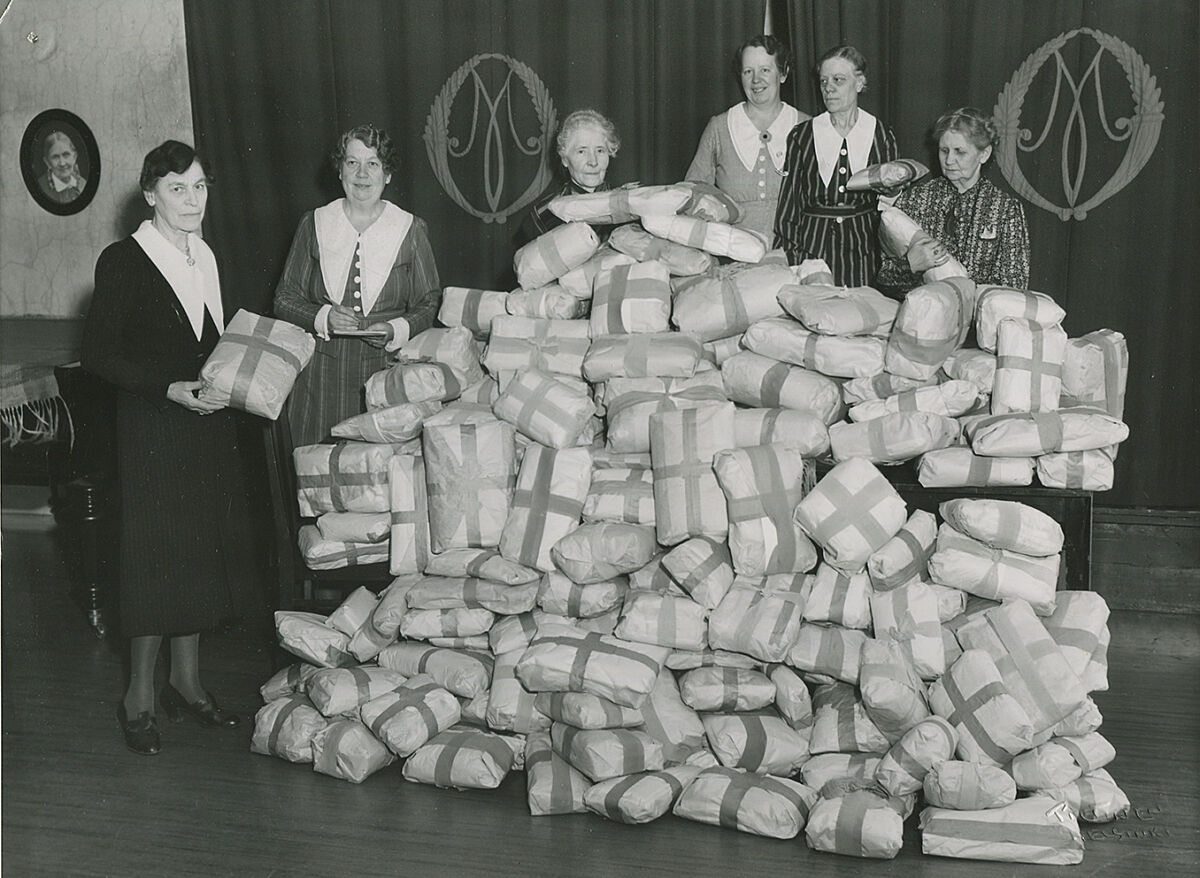Marthaförbundet in english

We work for a better world, one day at a time. Our goal is for all homes and families to have the knowledge and resources needed to promote balance in daily life and sustainable development - economically, ecologically, and socially.
What does the Marthaförbundet Association do?
We share our knowledge through courses, lectures, various information channels, and an active community life. We aim to enhance our readiness to respond and be present where we are needed most. We promote everyday courage by highlighting the simplicity of daily life, the joy in everyday moments, and the small steps toward a better world - one day at a time.
Where is Marthaförbundet?
Marthaförbundet, has two offices, one in Vaasa and one in Helsinki. The staff works nationwide. Out Martha associations (marthaföreningar) are present throughout Finland, from Kokkola in the north to Pyttis in the east.
What are our main themes?
Since our founding in 1899, everyday knowledge has been a cornerstone of our work. We focus on issues close to your daily life: household, ecology, and economy. We advocate for a food vision that emphasizes more plant-based foods, locally produced, preferably organic, and homemade. A sustainable approach to food benefits the climate, economy, and health.
Being a member of Marthaförbundet
As a Martha member, you become part of something bigger. Together, we are over 8,000 members working to create a better world—one day at a time. For us, it’s not just about membership, it’s about making a difference for each other and giving back to society. The Martha Association offers a place for anyone looking to make new friends. Whether you’re a food Martha, knitting Martha, or climate Martha -there’s a place for you here

Marthaförbundet - activism and knowledge since 1899
The Martha movement in Finland was founded in 1899 in Helsinki, initially named Bildning i hemmen (education in the home). Its aim was to promote public education among women across Finland, emphasizing national identity and resisting Russification. The organization viewed women as key educators of future generations, impacting society at large.
Lucina Hagman, the movement's pioneer, mobilized women to spread knowledge to rural areas. Rapidly, a nationwide network emerged. When the original statutes were rejected, the organization adopted the name Martha in 1900, officially remaining apolitical but advocating for women's rights, such as voting rights. The movement became a pioneer in home education, offering courses on cooking, childcare, sewing, and agriculture.
In 1924, the bilingual organization split into the Finnish-speaking Marttaliitto and the Swedish-speaking Marthaförbundet, with the latter focusing on Finland-Swedish cultural heritage. During the 1920s and 1930s, Marthaförbundet emphasized home crafts and efficient household management, founding Finland's first home aid school in 1939.

During World War II, Marthaförbundet supported the home front by assembling and distributing soldiers' care packages.
During World War II, the focus shifted to preparedness, teaching people how to live resourcefully with limited supplies. By the late 1940s, membership reached nearly 26,000.
Today, Marthaförbundet continues to educate people about sustainable living and everyday life, staying true to its founding mission: sharing knowledge to create a better world, one day at a time.